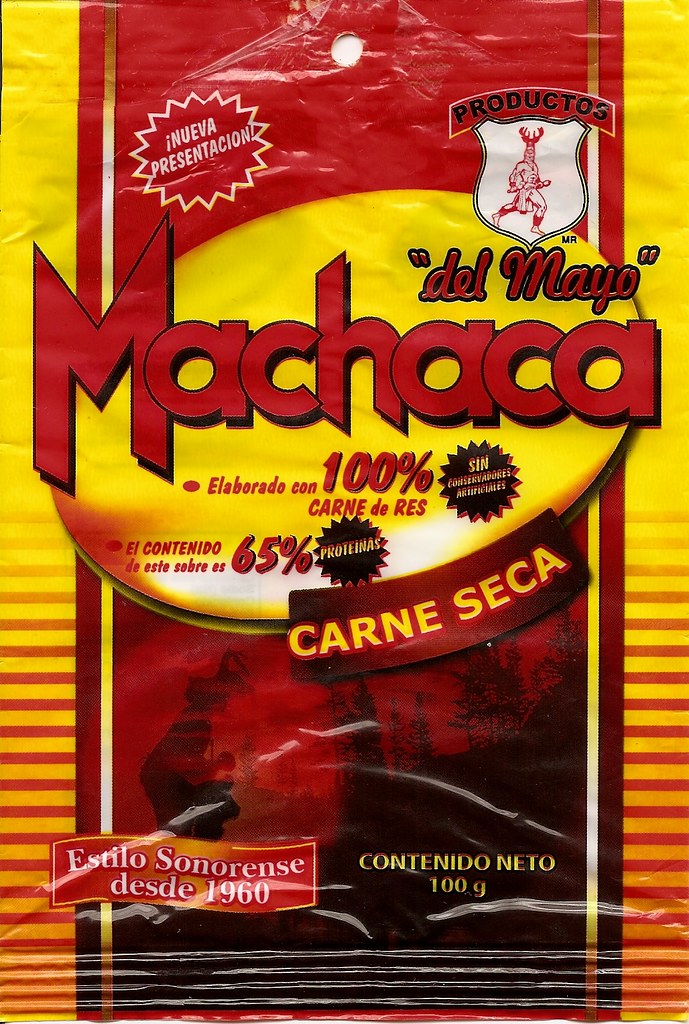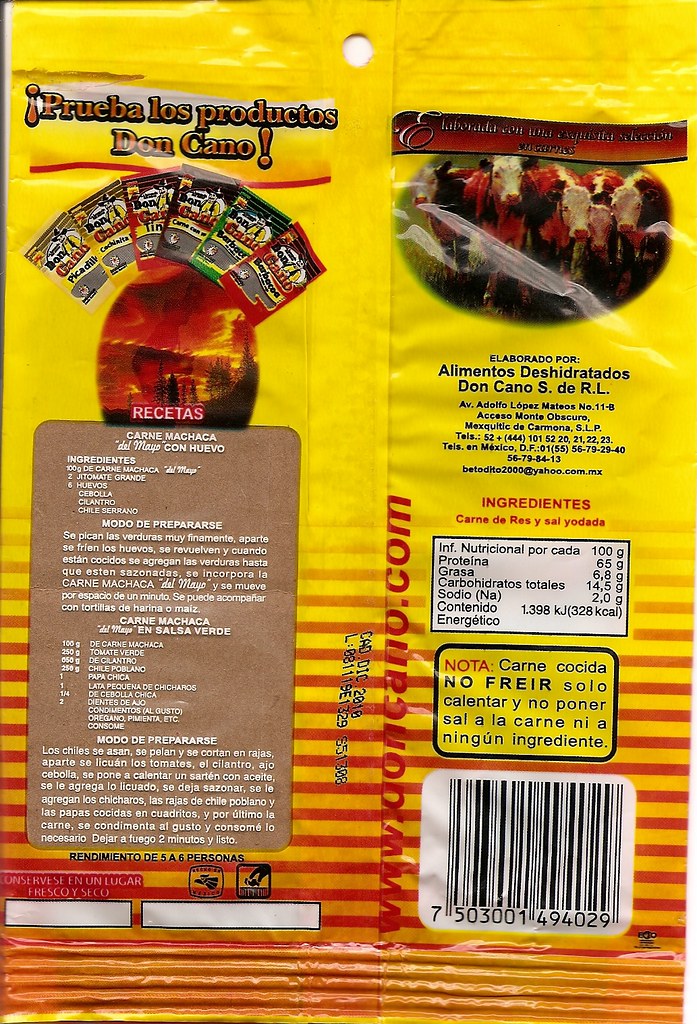
My favorite Mexican breakfast dish is Chilaquiles, but Machaca con Huevos is a close second. Part of why I love this dish so much is the incredible memory I have of the first time I had it. When I was 18 years old I walked across the border into Mexico with a backpack and Acapulco as my destination. Over the following week I made my way overland more than 1,500 miles to the beach resort. Much of my trip was made by train, largely in American Pullman cars from the early twentieth century. Some of these were in bad need of repair, but others had been preserved and/or restored to their original glory. I spent just a few extra dollars on the route from Guadalajara to Mexico City to travel in first class with my own sleeper compartment and dining service. The dining car was amazing! Mahogany paneled walls, etched glass table dividers, white table linens, and waiters clad in jackets and bow-ties. Lucky for me the first class section was fairly empty, so I was able to sit in the dining car, watch the scenery and chat with the staff for much of the 30 hour trip.
Always interested in cooking, I asked for a tour of the small galley kitchen. Though the chef was surprised that an American teenage backpacker would ask such a thing, he granted me entry and explained all of his equipment with great pride. The stove, cooktop and cooler were all clad in bright stainless steel, which was immaculate and lovingly maintained. Cooking was done on a flattop griddle heated with wood carcoal...not brickets, but logs that had been burned down to pure carbon and still retained their original shape. Refrigeration was achieved with blocks of ice. One item that stood out was a hunk of dark brown beef hanging from a shelf. It was hard as leather and completely dry and at first I wasn't sure it was food, but thought maybe it was some sort of Santeria talisman. When I asked about it the rail chef explained that this was "machaca," and that they cooked it with eggs in the morning for breakfast. He also showed me how it was prepared by cutting off a strip going with the grain and the pulling apart the fibers, which he placed into a molcajete. He then started to pound the dried meat with the mortar of the molcajete until it softened and became almost like cotton or wool in consistency. He allowed me to taste some and it was a bit like beef jerky, but beefier with less salt and no sweetness.
The next morning I eagerly made my way to the dining car and ordered "Machaca con Huevos." I ate and fell in love with this simple dish as the train threaded it's way south going through low-shrub desert and up into the greener mountains on the way to Mexico's capital city. Originally made of wild game, such as deer, by Aztecs and other indigenous peoples, machaca can now be purchased pre-pounded and packaged. Look for it in your local latin markets. I picked some up in Mexico recently and made it with eggs at home. Not as picturesque an experience as that first machaca I had over 20 years ago, but you can click the widget below to try my recipe.
Finally, below are scans of the packaged machaca I brought back from Mexico.















Comments
March 19, 2009
Love the nutritional information. Per 100 grams, you get 2.0 grams of sodium and 14 grams of carbs. So it's basically 2% salt or about 16% more salt than in 100 grams of Oberto Beef Jerky.
I'd compare carbs, but FDA rules on carbs are so screwy you can't get apples to apples when trying to extrapolate from a 11 gram pack of beef jerky.
September 25, 2009
Great story about the Machaca con Huevos, and it is a great dish for breakfast or late night. I too found machaca in the desert of Mexico and never forgot the wonderful experience of seeing an elderly Mexican lady cook it in her restaurant with a dirt floor on a side road from LaPaz to San Jose del Cabo. All I remember of the "restaurant" was the "Pepsi" sign, the two hand made tables, rough lumber counter and the old wood stove she used; but the food was excellent and the Pepsi cold.